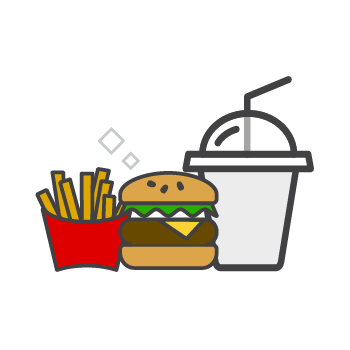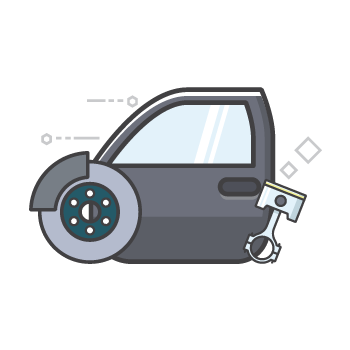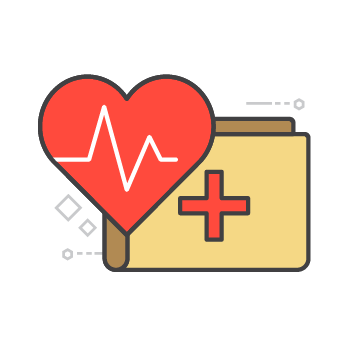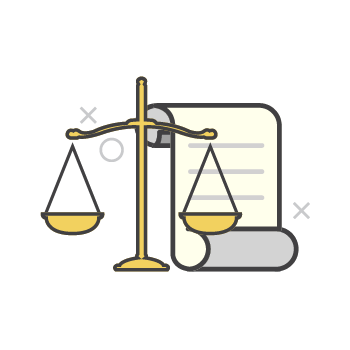How to Travel Safely and Responsibly
by Stephanie Koathes Aug 3, 2020

Many countries have reopened their borders, and while tourism is by no means booming, people are beginning to travel.
With travel comes increased risk of contracting and spreading the COVID-19 virus. It’s important to take precautions and be a safe, responsible traveller.
Here’s a few ways you can travel responsibly.
Understand your risk of spreading the virus
Is the virus well-controlled, or is there community-spread taking place where you live? You should ask yourself this question before making any travel plans. Even though you might not be showing symptoms of the virus, it’s still possible to pass it on, and bring it to whichever destination you’re visiting.
Think about who you’re visiting
Will you be visiting or staying with friends or family? Are any of the people you’ll be spending time with at high risk of becoming seriously ill from COVID-19? High-risk groups include the elderly, those with compromised immune systems, and people with respiratory conditions such as asthma. You should rethink your accommodation plans if you’re planning to stay with anyone who falls into this group. While you might not be badly affected by the virus, it could be life-threatening for someone else. Likewise, if you are high-risk, it’s better not to travel.

Consider who you live with
Do you live with anyone considered high-risk? Can you adequately isolate yourself from them when you get back home? It is possible to spread COVID-19 to people you’re close contact with when you return, even if you don’t have symptoms.
Be proactive with your safety
You’ve made up your mind to head to another country. You’ll need to take your safety seriously, not just for yourself, but for others, you’ll encounter later on.
We often assume that we’ll catch an illness while on the airplane, but you’re more likely to catch something which in an airport.
High amounts of clean outdoor, as well as all recirculated air in the plane cabin, actually passes through HEPA filters. These filters are effective at removing both large and tiny particles.
Related: Health Check: 5 Areas Where Germs Thrive On An Airplane
Keeping social distance on a plane is certainly a challenge, and you should wear a mask during the flight.
While planes are now cleaned most intensively than ever before, you’ll still want to take your own precautions.
– Wipe down tray tables, armrests, seat belts, and headrests with disinfecting wipes. Avoid putting anything in the seat pocket. These are notorious for harbouring lots of germs.
– Lay down a sheet of paper or paper towel on your tray table (if you have to use it), so laptops and other items don’t come in direct contact with it.
Keeping safe in the airport

Use contactless or self-service options as much as possible.
Keep items that will need to be handled by others such as your passport, in clear, resealable plastic bags. Put these items in new bags after you’ve sanitised them.
Personal items that do not need to go into bins at security points, such as phones, wallets, and keys, should be stored in your carry-on or handbag. This minimises the number of times they’re handled while going through screening.
Wash your hands for at least 20 to 30 seconds right before and after going through security screenings. If you’re unable to wash your hands, use an alcohol-based sanitiser.
Remember to keep social distance as much as possible, and wear your protective mask.
Always check the website of the airports you’re leaving from and heading to so that you know what protocols they have in place.
Related: How Travel Will Change Post-COVID-19
Make your destinations the great outdoors
Perhaps you’ve always been the type to visit museums, strolling around a new city or maybe checking out new restaurants. Being in areas where there is greater crowd density means it’s harder to social distance and your risk of contracting an illness is higher. This year, if you travel, try and limit your time in crowded spaces by heading outdoors. Visit large parks, go to the beach or anywhere else in nature where you’ll have plenty of fresh air and space between you and others.
Go for room service

Buffets are no longer being provided in most hotels, though on-site restaurants are usually open. Consider ordering room service or purchasing a take-away meal from nearby rather than dining in the restaurant. Less time spent in enclosed spaces with others means less risk of contracting the virus.
Wear your mask
Most, though not all, countries require you to wear a face mask in public. Even if the country you’re travelling to doesn’t require face covering, it’s a good idea to continue wearing a mask. You want to minimise your risk of getting sick and bringing a new case of COVID-19 back to your country.
Keep isolated as much as possible when you return
You might be required to self-quarantine for 14 days when you return home. Even if you’re not, you should try to stay home as much as possible during the first two weeks after returning. It is possible to be asymptomatic and spread the disease.
Always check the travel guidelines for both your home country and the country you’re visiting.
Remember, following recommended safety and hygiene procedures isn’t just for your benefit. It’s for the benefit of both the places and people you visit, and the country you return to.
Not feeling the idea of travelling this year or not able to? Then a staycation is the perfect thing for you, check out four reasons you should still consider a staycation.








